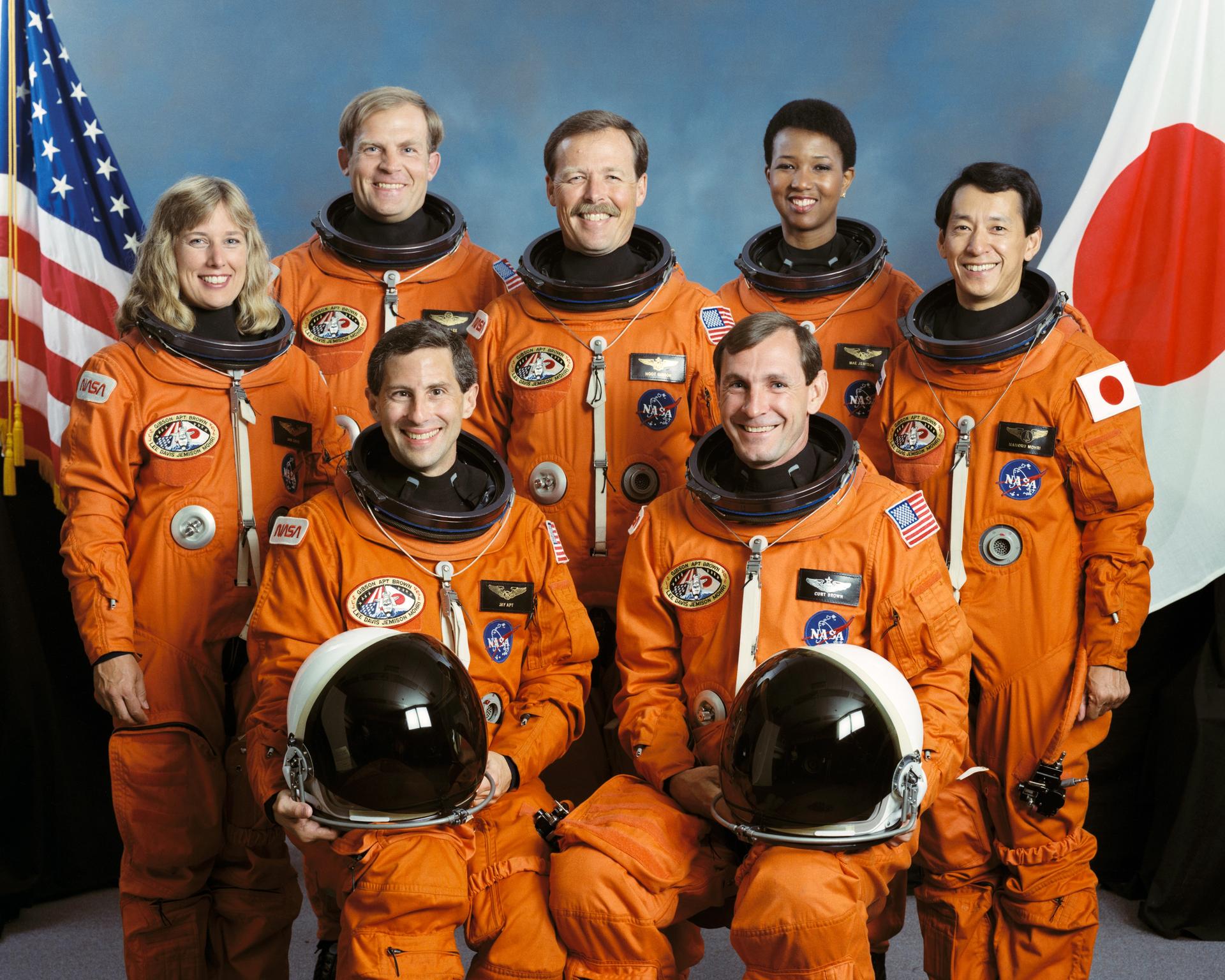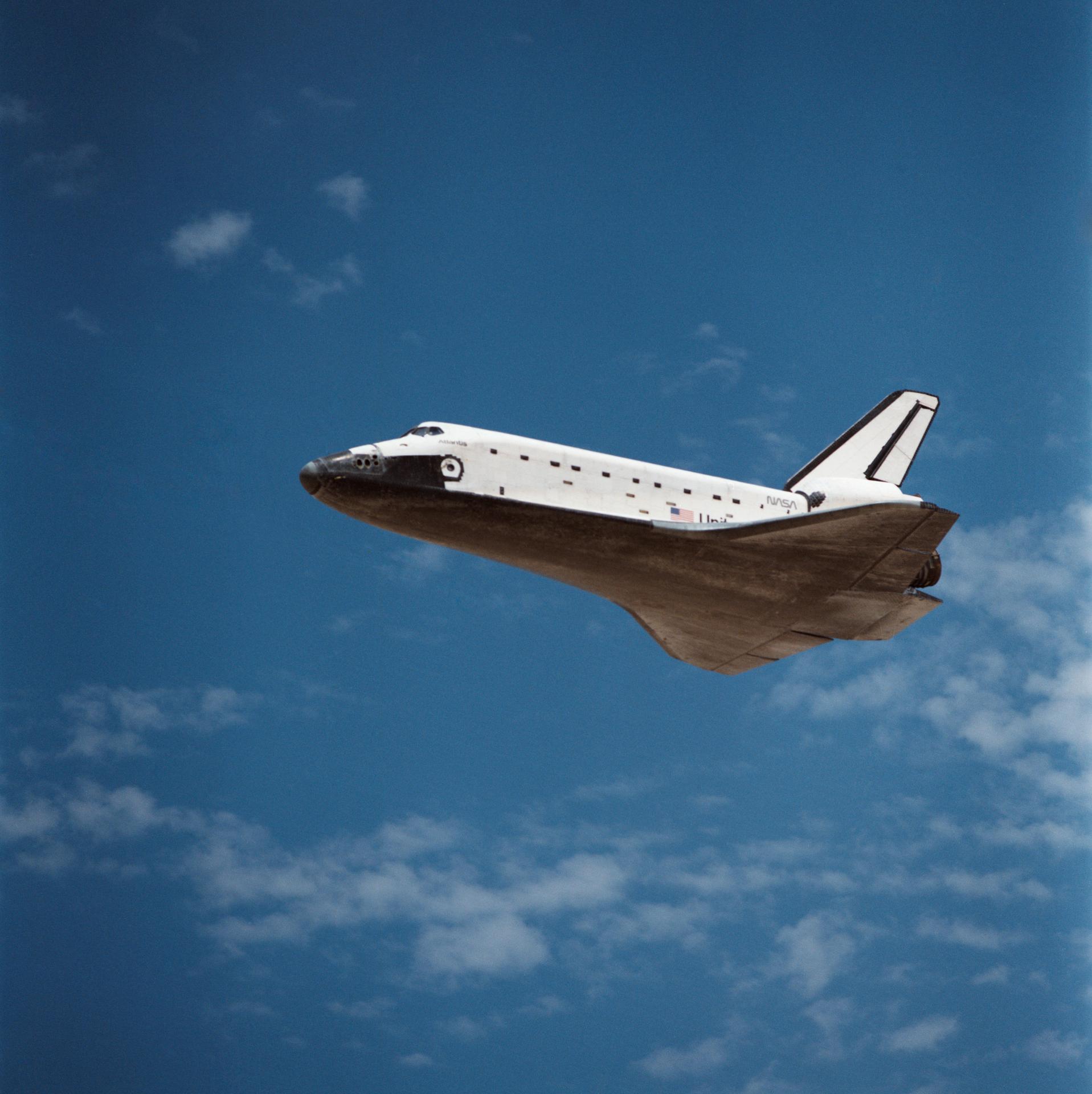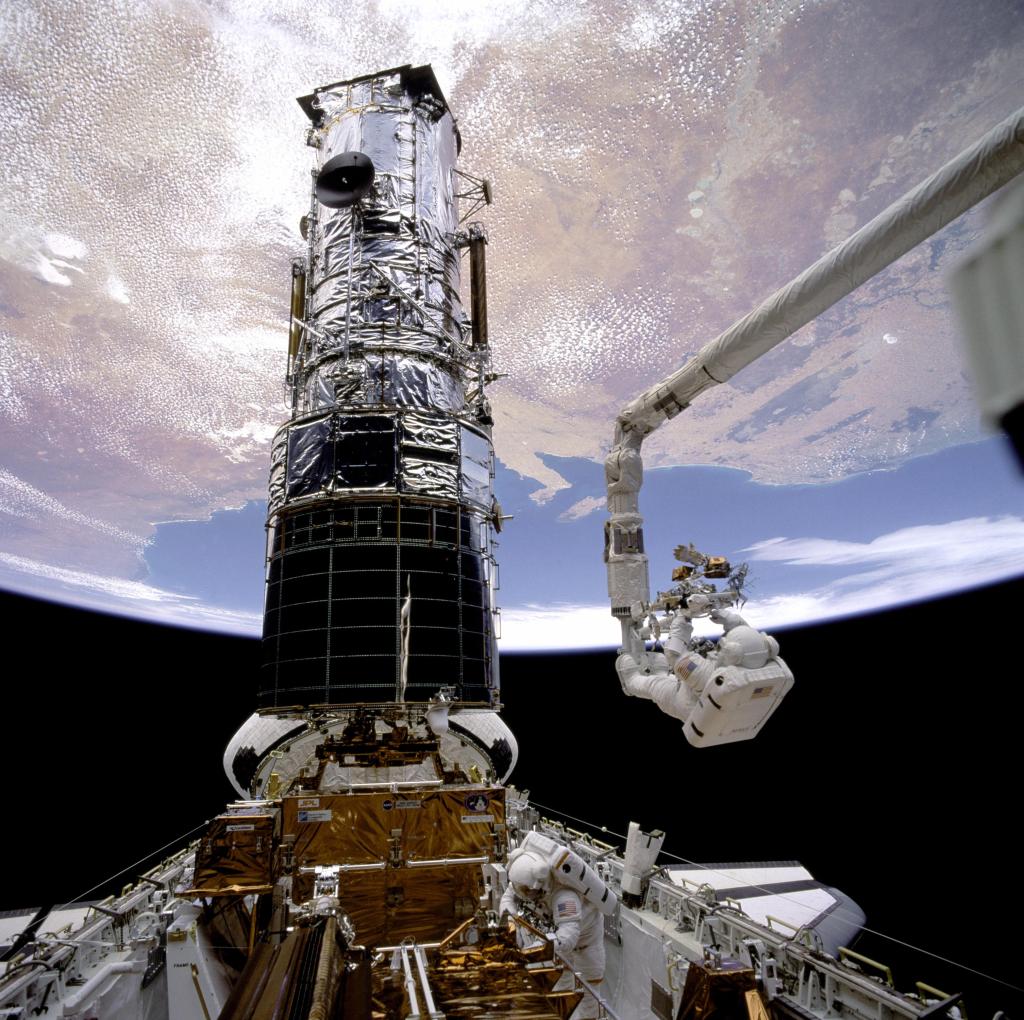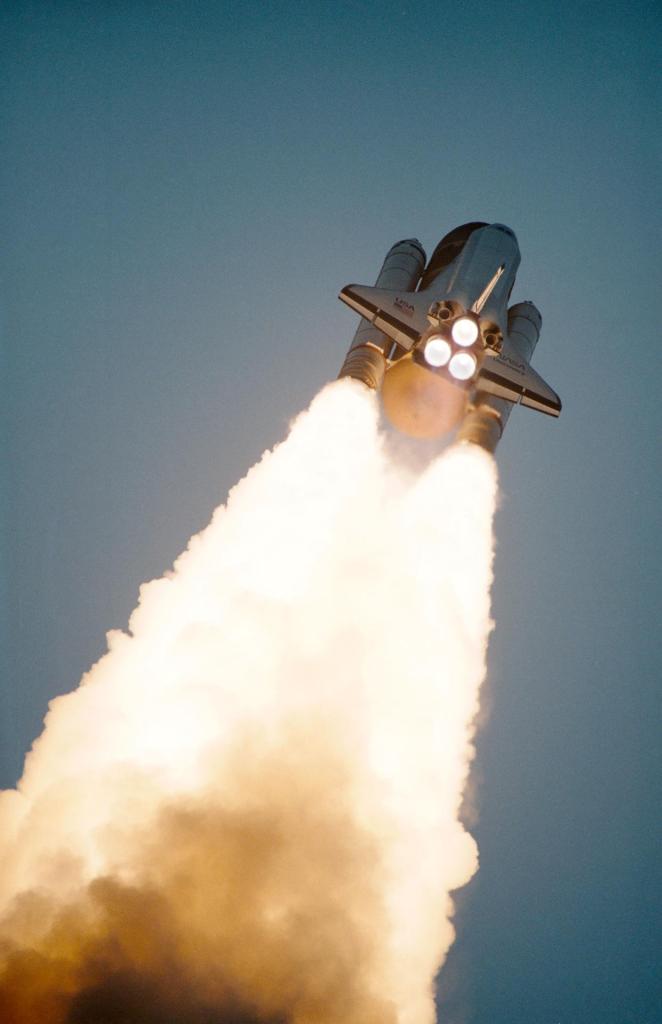
STS-47
Spacelab-J — a joint NASA and National Space Development Agency of Japan (NASDA) mission utilizing a manned Spacelab module — conducted microgravity investigations in materials and life sciences. The diverse crew consisted of the first Japanese astronaut to fly aboard the shuttle, the first African-American woman to fly in space, and the first married couple to fly on the same space mission.
orbiter
mission duration
Launch
Landing

STS-47 Mission Facts
Mission: Spacelab-J
Space Shuttle: Endeavour
Launch Pad: 39B
Launch Weight: 258,679 pounds
Launched: September 12, 1992, 10:23:00 a.m. EDT
Landing Site: Kennedy Space Center, Florida
Landing: September 20, 1992, 8:53:23 a.m. EDT
Landing Weight: 218,854 pounds
Runway: 33
Rollout Distance: 8,567 feet
Rollout Time: 51 seconds
Revolution: 126
Mission Duration: 7 days, 22 hours, 30 minutes, 23 seconds
Orbit Altitude: 166 nautical miles
Orbit Inclination: 57 degrees
Miles Traveled: 3.3 million
Crew
Robert L. Gibson, Commander
Curtis L. Brown Jr., Pilot
Mark C. Lee, Mission Specialist
N. Jan Davis, Mission Specialist
Jay Apt, Mission Specialist
Mae C. Jemison, Mission Specialist
Mamoru Mohri, Payload Specialist
Mission Highlights
Spacelab-J — a joint NASA and National Space Development Agency of Japan (NASDA) mission utilizing a manned Spacelab module — conducted microgravity investigations in materials and life sciences. The international crew, consisting of the first Japanese astronaut to fly aboard the shuttle, the first African-American woman to fly in space and the first married couple to fly on the same space mission, was divided into red and blue teams for around the clock operations. Spacelab-J included 24 materials science and 20 life sciences experiments, of which 35 were sponsored by NASDA, 7 by NASA and two collaborative efforts.
Materials science investigations covered such fields as biotechnology, electronic materials, fluid dynamics and transport phenomena, glasses and ceramics, metals and alloys, and acceleration measurements. Life sciences included experiments on human health, cell separation and biology, developmental biology, animal and human physiology and behavior, space radiation, and biological rhythms. Test subjects included the crew, Japanese koi fish (carp), cultured animal and plant cells, chicken embryos, fruit flies, fungi and plant seeds, and frogs and frog eggs.
Twelve Get Away Special (GAS) canisters (10 with experiments, 2 with ballast) were carried in the payload bay. Middeck experiments were: Israeli Space Agency Investigation About Hornets (ISAIAH), Solid Surface Combustion Experiment (SSCE), Shuttle Amateur Radio Experiment (SAREX II), Air Force Maui Optical Site (AMOS), and Ultraviolet Plume Imager (UVPI).
STS-47
Shuttle News
Retired Space Shuttle Locations
Shuttle Atlantis – Kennedy Space Center Visitor Complex Shuttle Discovery – Steven F. Udvar-Hazy Center Shuttle Endeavour – California Science…
Read the Story















































